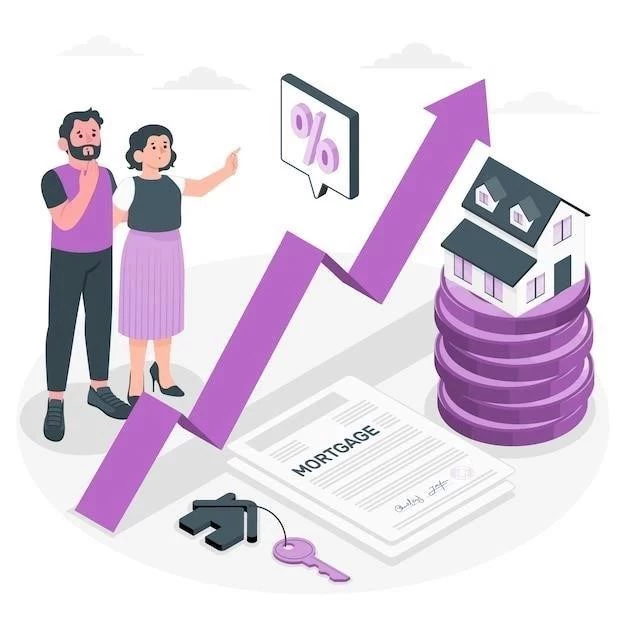Table content
Alright, here’s a summary of the mortgage rate situation as of March 13, 2025, remembering that situations can quickly evolve!
**General Overview:**
Throughout the United States, the typical 30-year fixed mortgage rate for new residences is currently approximately 6.66%. It recently decreased to 6.50% (the yearly minimum), but before that, rates fluctuated somewhat.
**Location is Important:**
Some states experience reduced rates compared to others. On Wednesday, regions such as Washington, Idaho, Kentucky, Mississippi, North Carolina, New Jersey, New York, and Pennsylvania had some minimum rates, averaging about 6.62%-6.63%. Toncoin (TON) Value Forecast for March 26th
Conversely, Washington D.C., Alaska, Iowa, West Virginia, Alabama, and Hawaii had elevated rates, averaging 6.71%-6.74%.
**Reasons for Discrepancies:**
Numerous factors impact mortgage rates, and they can differ among states. Credit ratings in a region, the average amount of loans individuals are obtaining, and even state rules can have an impact. Various creditors also have distinct methods of handling risk, which impacts the rates they provide.
**Crucial Reminder:**
Avoid immediately choosing the minimum rate you observe advertised online! These “teaser” rates frequently include conditions, such as initial charges or demanding an extremely high credit rating. The rate for which you actually qualify will rely on your personal economic status.
**Intelligent Action:**
Consistently compare rates from various creditors to locate the optimal arrangement for yourself.
## What Causes Mortgage Rates to Fluctuate? Kiyosaki: Global Economy Declining, Predicts Bitcoin at $200,000
Mortgage rates are a complex issue, impacted by numerous events occurring in the economic and credit sectors. Here’s an abridged explanation:
* **Bond Market Chatter:** Pay attention to the yields on 10-year Treasury notes. They serve as a reliable predictor of potential mortgage rate movements.
* **The Federal Reserve’s Strategy:** What is the Federal Reserve planning? Their choices regarding bond purchases and backing mortgage-backed securities can exert substantial influence.
* **Lender Rivalry:** Banks and mortgage firms consistently strive to outdo one another. This rivalry, coupled with the specific loan type you seek, can shape rates.
Identifying a solitary cause for rate fluctuations is challenging, given the perpetual changes in these elements.
**A Concise Historical Overview**
During 2021, the economy was still rebounding from the pandemic. The Federal Reserve engaged in extensive bond purchases to stabilize the situation, which contributed to maintaining favorable mortgage rates.
Nevertheless, conditions began to evolve towards the end of 2021. The Federal Reserve gradually reduced its bond-buying activity, ultimately ceasing it entirely in early 2022.
Subsequently, spanning from 2022 into 2023, the Federal Reserve prioritized combating inflation and initiated increases in the federal funds rate – the rate at which banks lend to each other overnight. While this rate does not directly dictate mortgage rates, it undoubtedly exerts an impact.
Indeed, the Federal Reserve escalated rates at an unprecedented speed, elevating its benchmark rate by 5.25 percentage points in slightly over a year. This indirectly resulted in a substantial surge in mortgage rates.
The Federal Reserve maintained stability for nearly 14 months, commencing in July 2023. However, in September, they unexpectedly implemented a minor rate reduction of 0.50 percentage points, succeeded by two additional reductions of 0.25 percentage points in November and December.
However, during their inaugural assembly of the new year, the Federal Reserve resolved to
It seems probable that the monetary authority will maintain stable borrowing costs for the upcoming months, suggesting that we most likely won’t observe any additional reductions shortly. Considering that there are eight meetings annually where rates are determined, we might anticipate a series of ‘unchanged’ declarations extending into 2025.
**Our Methodology for Monitoring Home Loan Rates**
The aforementioned national and regional average rates originate directly from Zillow’s mortgage application programming interface (API). These rates presume a loan-to-value ratio (LTV) of 80%, implying a minimum down payment of 20%, alongside a credit score ranging from 680 to 739. Consequently, the rates presented here offer a reliable indication of what lenders might propose to borrowers possessing sound credit and a substantial initial investment. However, it’s essential to remember that these rates may differ from the exceptionally low introductory rates occasionally advertised. © Zillow, Inc., 2025. Usage is governed by Zillow’s Terms of Use.”


